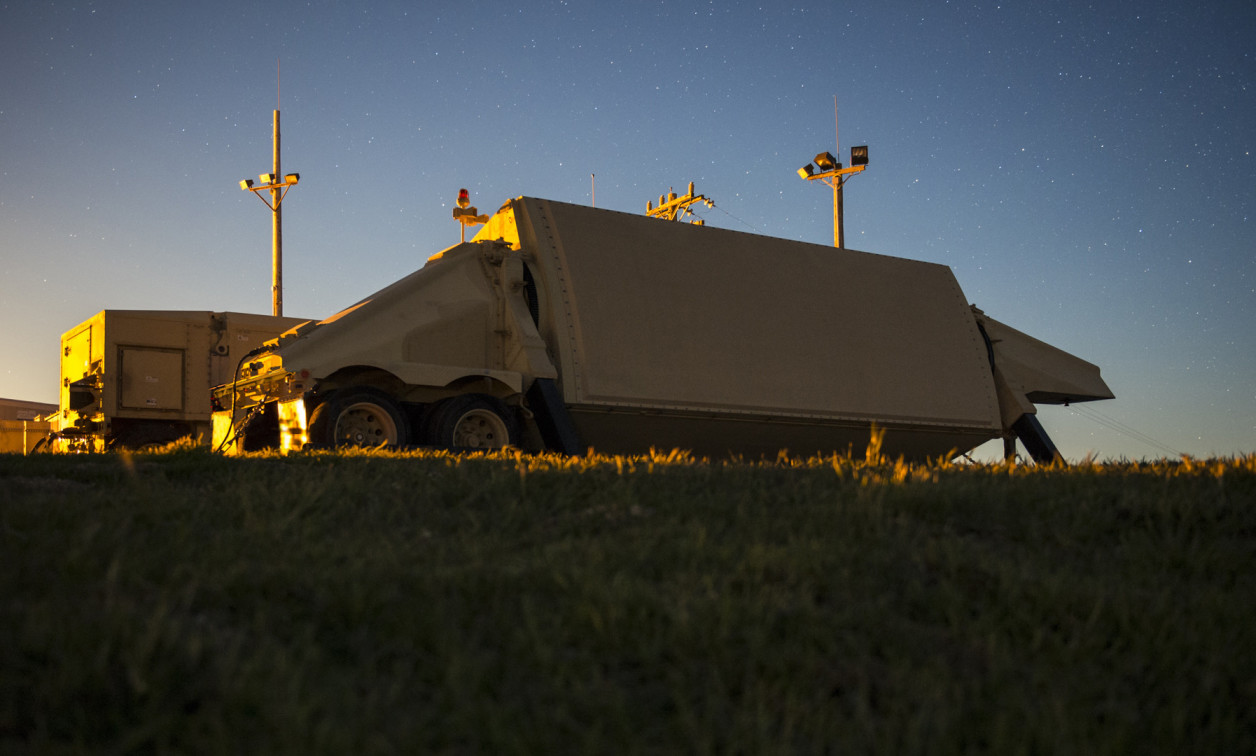Ballistic missile defense radar may be used by allies in forward-based mode
NewsJune 15, 2015

TEWKSBURY, Mass. The U.S. government has authorized a number of U.S. allies and security partners to potentially procure via Foreign Military Sales the AN/TPY-2 ballistic missile defense radar -- made by Raytheon -- for use in forward-based mode.
In forward-based mode, the AN/TPY-2 is located near hostile territory and acquires ballistic missiles while they are in the boost (ascent) phase of flight shortly after they are launched. The radar then tracks and discriminates the missile, and passes critical information required by decision makers and missile defense warfare systems via a command and control battle management network.
The AN/TPY-2 is a transportable X-band radar that guards civilians and infrastructure in the U.S., deployed warfighters, allied nations, and security partners, from the growing ballistic missile threat.
The terminal-mode AN/TPY-2 ballistic missile defense radar has already been approved for export as the fire control radar of the Terminal High Altitude Area Defense (THAAD) system. Terminal- and forward-based mode radars are essentially identical; the key difference between the two is how the software is configured to manage radar resources for the needs of each mission.
AN/TPY-2 is a high resolution, transportable, rapidly deployable X-band radar that can provide long range acquisition, precision track, and discrimination of all classes of ballistic missiles. AN/TPY-2s are deployed worldwide in terminal or forward-based mode. AN/TPY-2 has performed effectively in both terminal and forward-based mode in all major tests.
Raytheon has deployed 10 AN/TPY-2s to the Missile Defense Agency (MDA). They are operationally deployed in Japan, Turkey, Guam, Israel, and U.S. Central Command.






